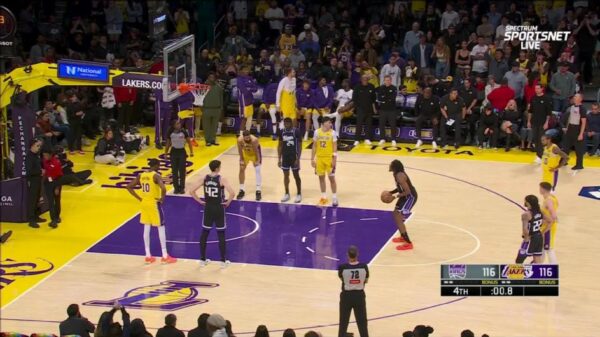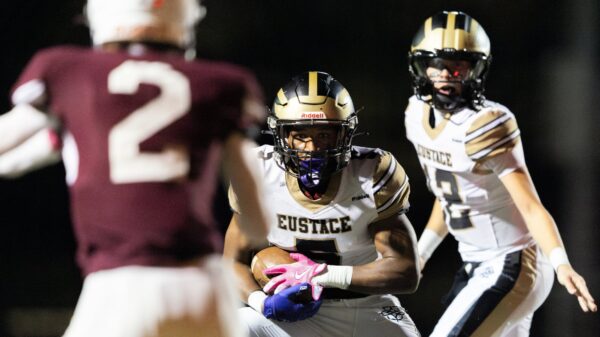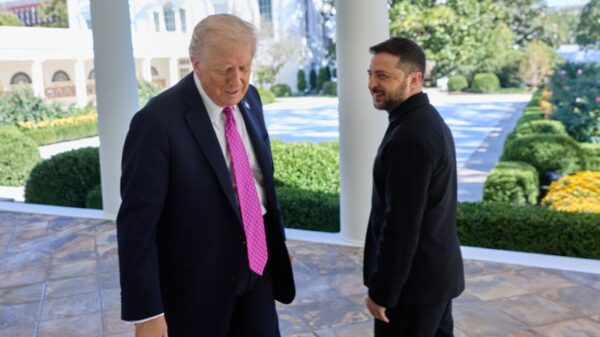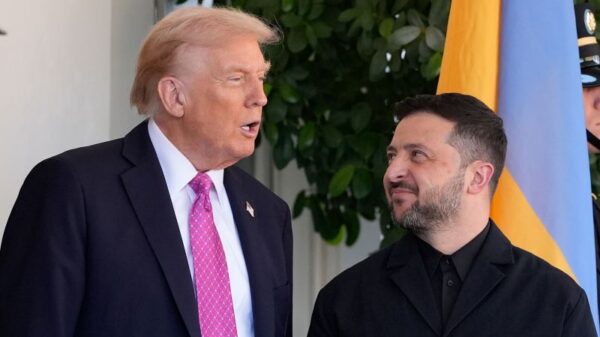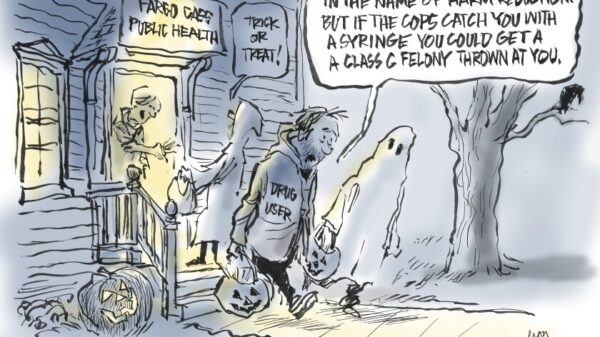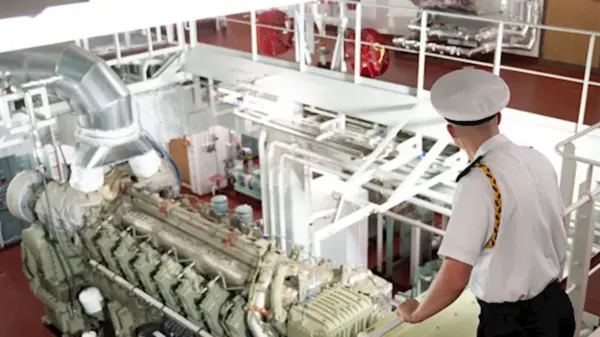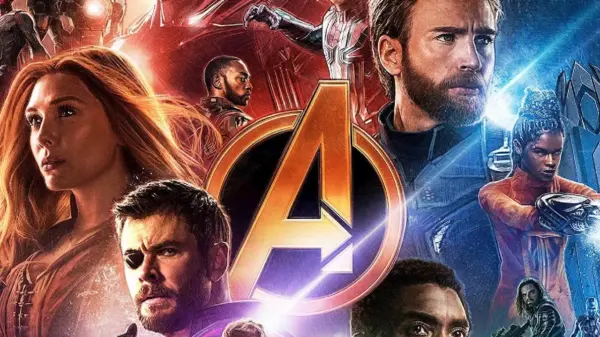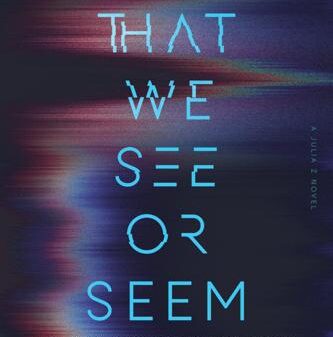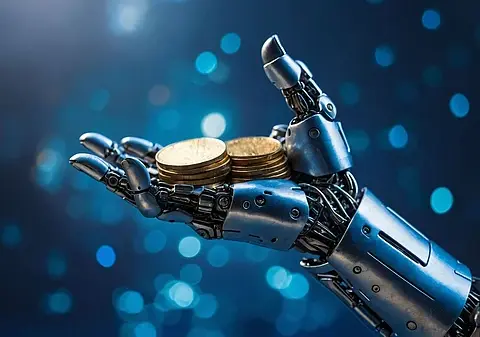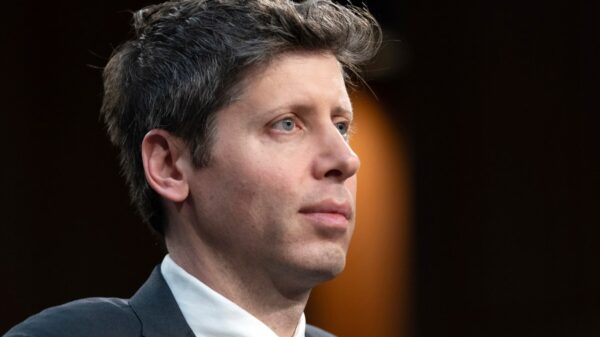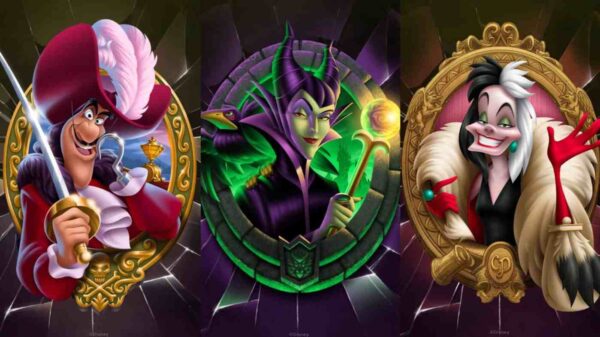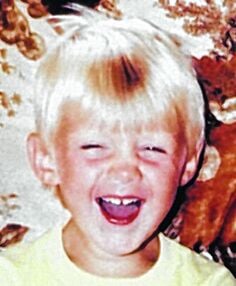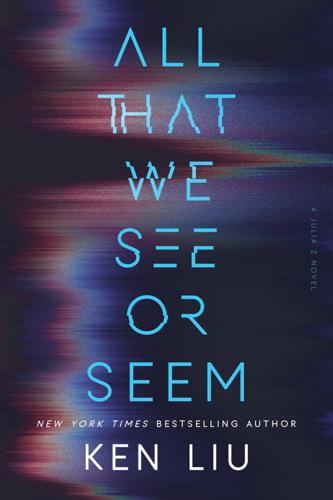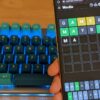Ken Liu’s latest novel, All That We See or Seem, delves into the intricate relationship between art and technology in an age dominated by artificial intelligence. Set against the backdrop of a world where personal AIs, termed “egolets,” amplify human creativity, Liu uses the narrative of a vanished artist, Elli, to question the very essence of humanity and artistic integrity.
The story follows a hacker named Julia Z, who is on a quest to locate Elli. As a runaway striving for anonymity, Julia embodies a “ghost in the machine,” navigating a society where surveillance is omnipresent. Her pursuit of Elli becomes a metaphorical journey toward understanding her own identity, prompting readers to reflect on what remains of the self in an increasingly digitized landscape.
Liu, known for his translations of Chinese science fiction and acclaimed works like The Three-Body Problem, constructs a future that feels both familiar and unsettling. In this narrative, technology does not merely serve as a tool; it becomes an extension of human consciousness. The egolets assist artists in realizing their visions, enabling collective dreaming, entertainment, and therapeutic experiences. However, the use of egolets also raises ethical concerns, as artists license their creations, leading to heated debates about ownership and authenticity.
The novel reveals a duality in its portrayal of technology. While Liu presents an optimistic view of how it can enhance creativity, he simultaneously highlights the darker implications of a tech-driven society. In this world, AI-generated images blur the lines of reality, prompting a crisis of trust in photographic evidence and allowing criminals to thrive in an environment of manipulation.
The character of The Prince, a tech mogul, embodies the exploitative potential of technology. He wields power through forced-labor farms reminiscent of those in Cambodia and Myanmar, using his influence to commodify artists like Elli. Despite his success, he perceives his relationship with Elli as ownership, believing he has shaped her artistry into a product, effectively commodifying her essence.
Julia’s journey through a landscape of constant surveillance underscores a fundamental struggle: the fight to maintain an unrecorded self. Liu’s exploration of this theme raises poignant questions about identity and autonomy in a world where every action is monitored. Although the characters are rich in thematic potential, some may find them lacking depth. The Prince, for instance, presents as a somewhat one-dimensional antagonist, driven by obsession rather than complexity.
Despite the occasional implausibility of plot developments—such as Julia’s uncanny ability to evade surveillance—Liu’s narrative invites readers to engage with profound philosophical inquiries. The tension between artistic freedom and technological control is exemplified in Elli’s disappearance, which symbolizes a rebellion against The Prince’s oppressive influence. In leaving clues for Julia and her husband, Elli not only seeks to be found but also grapples with her identity as an artist and her humanity.
The novel culminates in a thought-provoking inquiry: as AI begins to replicate our thoughts, dreams, and creativity, what will become of our souls? Liu’s critique of authority resonates throughout the text, yet the resolution introduces a controversial affirmation of American values that might overshadow the novel’s more nuanced critiques of technological authoritarianism.
Ultimately, Liu poses essential questions about the future of liberty and individual freedom in the age of AI. While the characters may not fully embody the weight of these inquiries, the themes they navigate remain relevant. A deeper exploration of these characters’ inner lives could enrich Liu’s narrative, leaving readers eager for potential sequels that might further unravel the complexities of humanity in a technologically mediated world.


